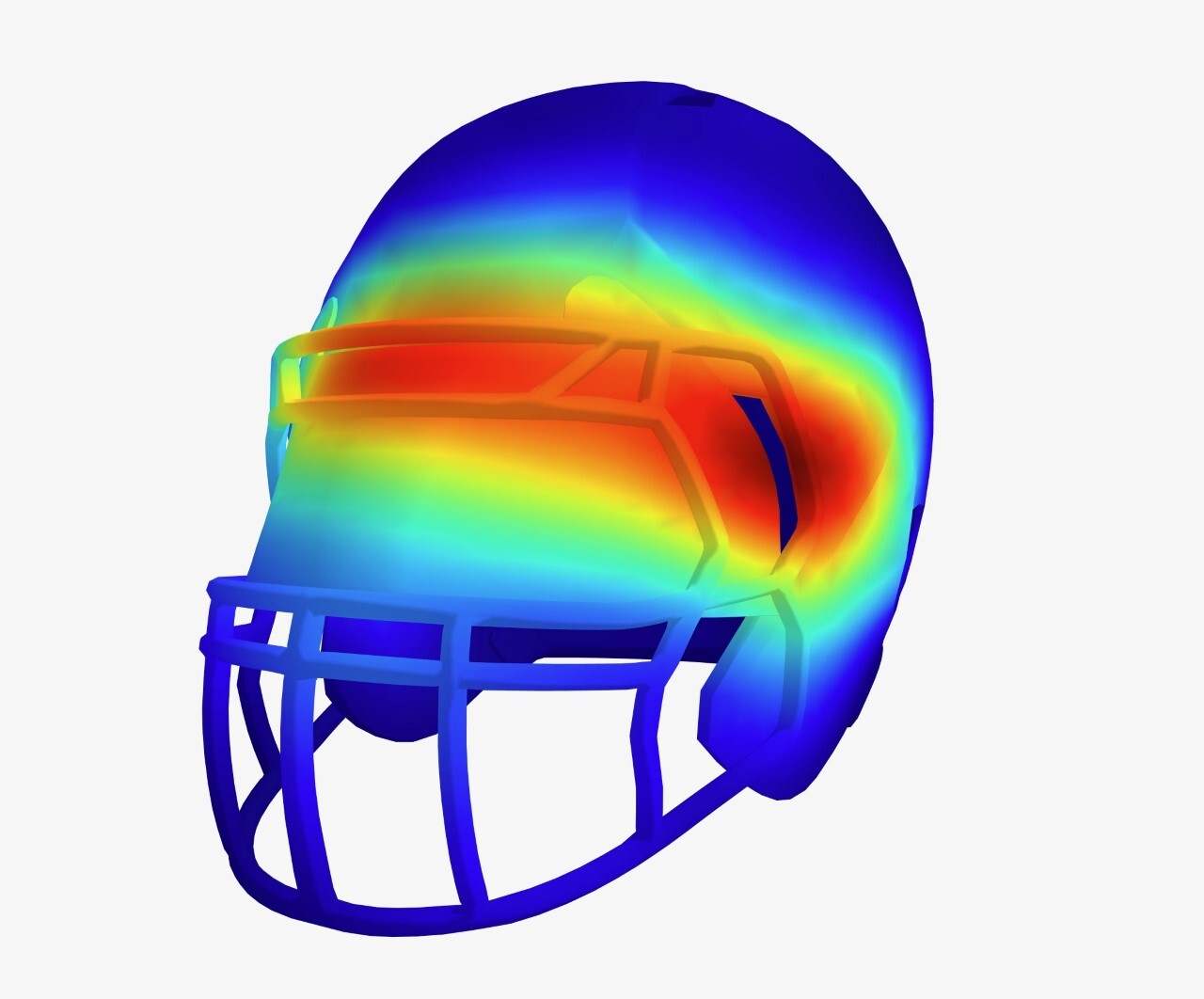MADISON — Football season is back for the fall season at all levels, from high school and college to the National Football League, but the game that captivates sports fans across the country also comes with serious concussion concerns for those who take the field.
That’s why the Wisconsin Badgers are teaming up with the NFL to learn more about what kinds of hits result in high impact head injuries.
All UW-Madison football players wear mouth guards, but unlike ordinary mouth guards, 40 Badgers players are wearing ones that have special sensors inside.
UW-Madison professor and researcher Dan Cobian is in charge of analyzing the data that’s collected from them after each practice and game.

He says there have been all sorts of studies where sensors have been placed on football players’ helmets, but since helmets vibrate and often move independently from the skull, Cobian says custom mouth guards can provide more precise information on hits because they always fit tight and stay in place.

“Let’s say this gives us much more real-world data of what the players are actually experiencing,” he said.
Cobian says the NFL picked UW-Madison as one of its eight participating universities for two reasons. First, the caliber of players on the Badgers football team, followed by its research institutions on the academic side to evaluate the data.
“The most interesting thing I would say is the variation across players,” he said. “We can have players that play the same position that not just have very different total numbers or intensity of impact, but the direction of impact."
The tiny sensors in the mouth guards are able to measure a player’s force, direction, speed and severity.
Cobian says this is an image of a culmination of hits a player took over the course of a season using data from the high tech mouth guards. The bright red section indicates the worst impact behind the forehead.

Cobian says in some ways, the game has become safer over the past two decades of concussion research, but also more dangerous for other reasons.
“Certainly, protective equipment is much better,” he said. “We’re much more aware of these things through the diagnosis, maybe even the treatment for things has improved. At the same time, we can also say that the players are bigger and stronger. They move faster and the magnitude of impact, the intensity of the impacts is greater.”
Cobian says he isn’t allowed to share how many concussions the UW-Madison football team has recorded this year or in years’ past. Former Badgers football player Tony Megna says he knows from first-hand experience it happens all the time.
“I would say {I had} dozens,” he said. “The players up at Wisconsin are just enormous and I was undersized, so you had to play violent in order to be successful in the game.”
The former Oak Creek High School standout turned varsity letter winner at UW-Madison gave up the game his junior year because the pain from concussions became too much to bear.

“It was daily headaches, spiking headaches and then when I would start practice, I would get vertigo, so the room spinning, nausea,” he said.
Megna says he still has constant mild headaches more than a decade later. Megna says he’s concerned he may one day be diagnosed with Chronic Traumatic Encephalopathy known as CTE. The progressive brain condition is caused by repeated blows to the head causing concussions.
“It’s become my life’s work to make sure that doesn’t happen,” he said.
Now, Megna provides treatment to himself and other athletes of high-impact sports that are prone to concussions.
When it comes to UW-Madison’s partnership with the NFL to study concussions, Megna believes more of a focus needs to be on therapy and treatment rather than gathering data on the hits themselves.
“Otherwise, you’re just leaving these guys behind,” he said. “You graduate and just send guys on their way.”
UW-Madison says their data collection efforts could ultimately help the NFL make more informed decisions on how to prevent concussions, from equipment changes to proper training such as technique on how players tackle each other. Cobian says it could also lead to the league eliminating practice drills that often result in concussions as well.




